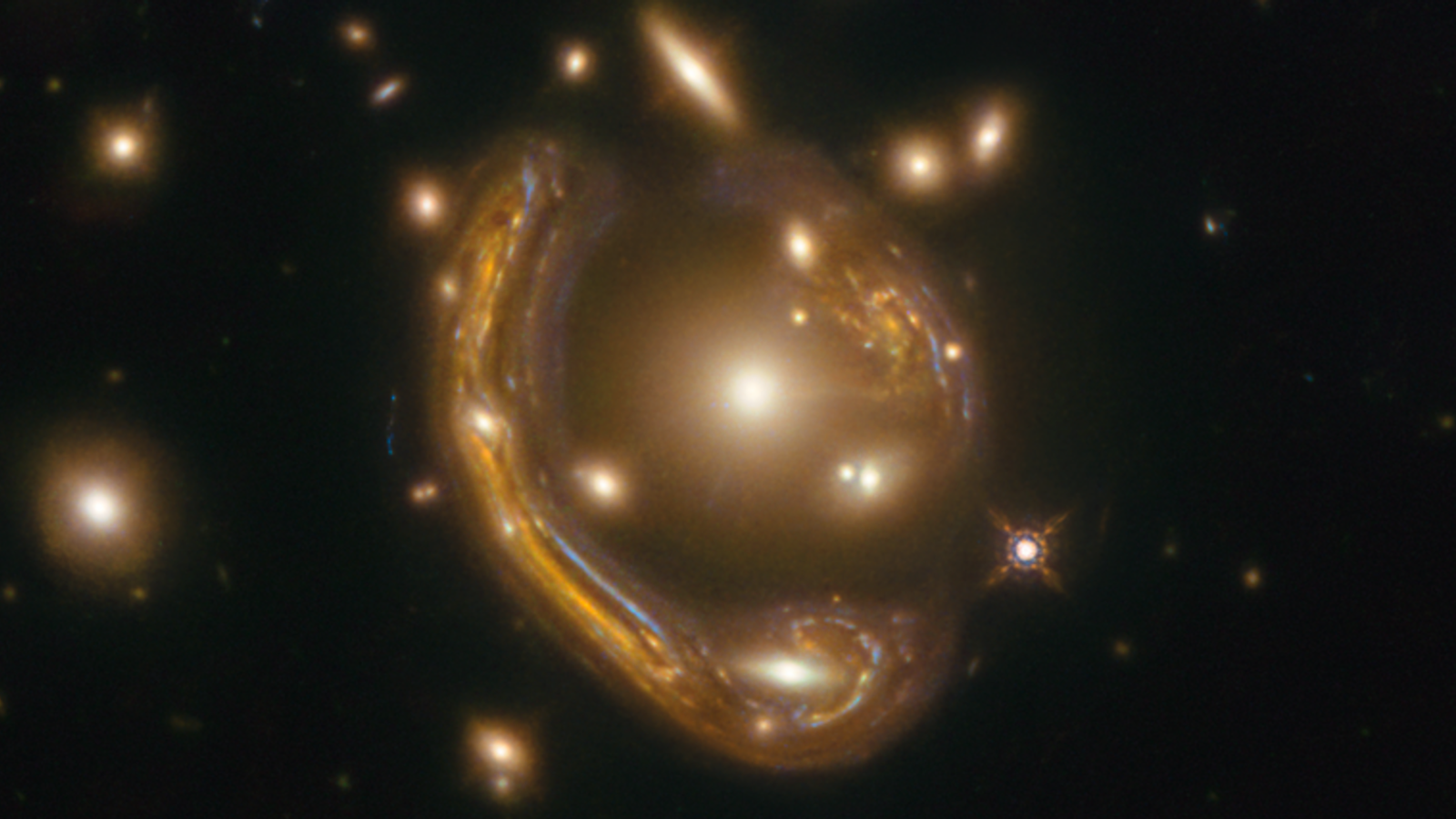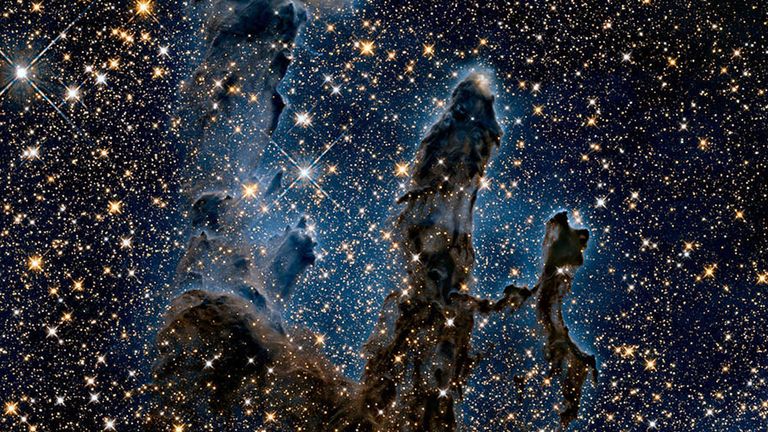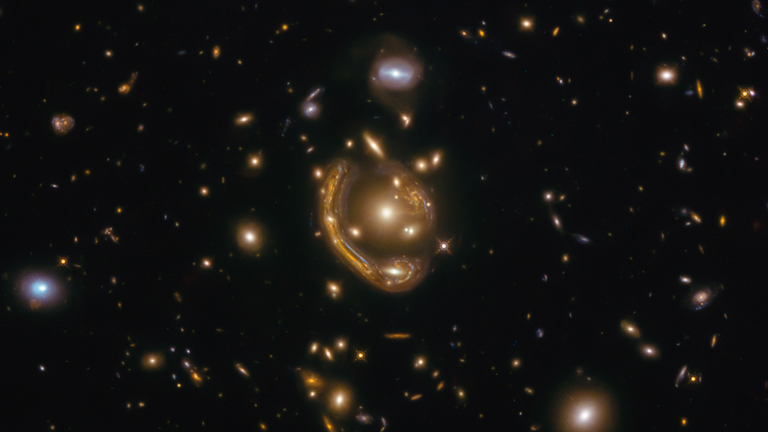Scientists have examined the mysteries of a distant galaxy made visible not just by the Hubble Space Telescope but also a deep-space optical phenomenon known as an “Einstein Ring”.
Hubble is one of the largest astronomy tools ever put into space. It has been orbiting the Earth since 1990 at an altitude of around 540km, capturing some of the most captivating images of deep space humanity has ever seen.
Last December it captured an image of one of the most complete “Einstein Rings” ever seen, a phenomenon theorised by the great scientist in his general theory of relativity – and now scientists have published their research into what it was that they were looking at.
The unusual appearance of the object is due to gravitational lensing, something that happens when light from a distant galaxy is warped by a massive object between the source and the observer.
First theorised in 1912 before Einstein formally published his theory in 1916, the phenomenon seen by Hubble shows the light of a distant galaxy being magnified by a factor of 20.
It effectively made Hubble’s observing capacity equivalent to that of a 48-metre-aperture (157ft) telescope, compared to the 2.4m (7.8 feet) aperture it actually has.
These physical properties have only just been discovered after astronomers precisely modelled the effects of the lensing on the image of the distant galaxy.
“Such a model could only be obtained with the Hubble imaging,” explained lead investigator Anastasio Díaz-Sánchez of the Universidad Politécnica de Cartagena in Spain.
“In particular, Hubble helped us to identify the four duplicated images and the stellar clumps of the lensed galaxy,” added Díaz-Sánchez.
The initial Hubble observation was first conducted by Professor Saurabh Jha of Rutgers, the State University of New Jersey.
His team aimed to use the sharp image from Hubble to reveal detailed complex structure in the arcs of the ring itself.
Professor Jha nicknamed the image the “Molten Ring” alluding to its appearance and its host constellation of Fornax (the Furnace) visible from the southern hemisphere.



